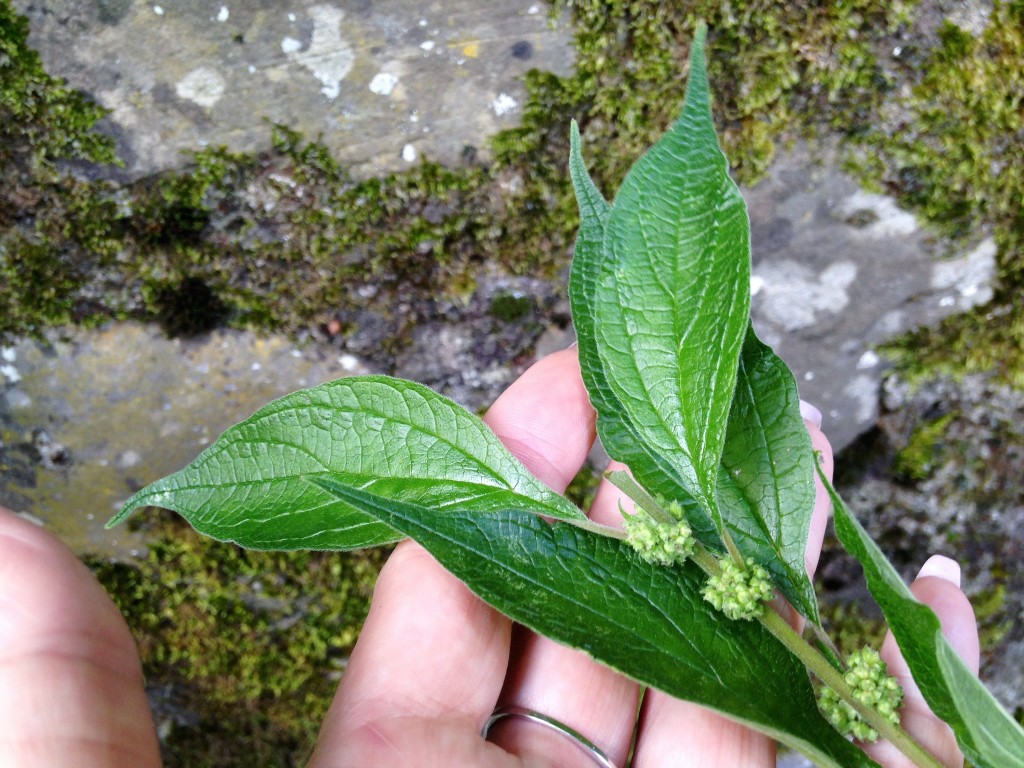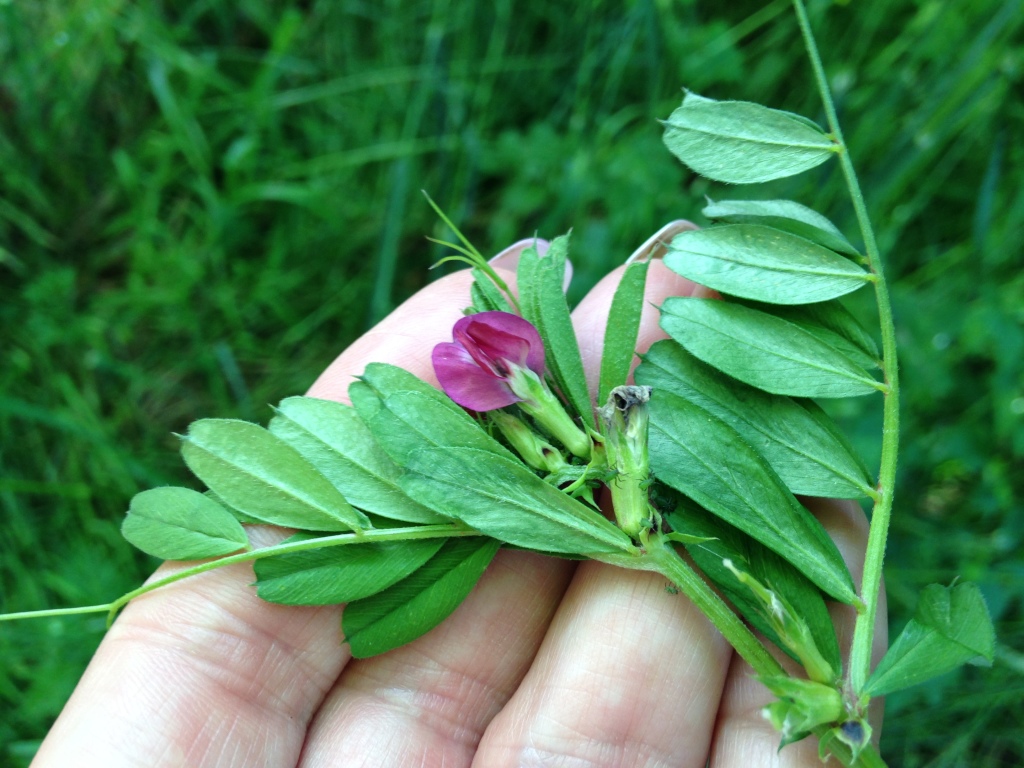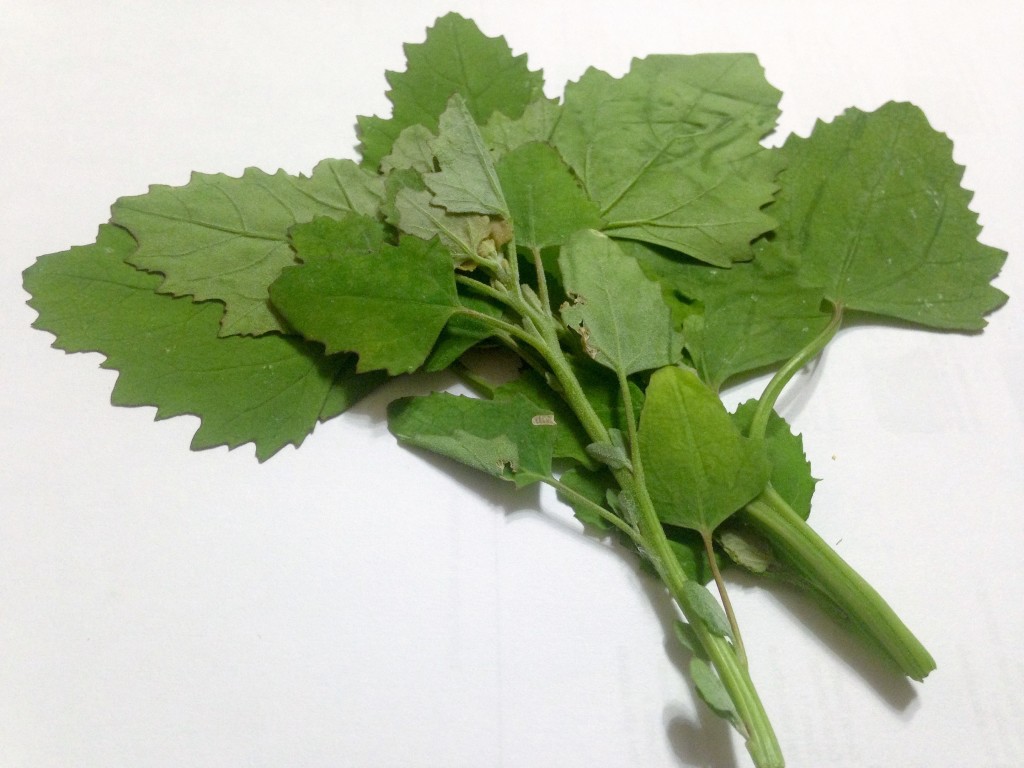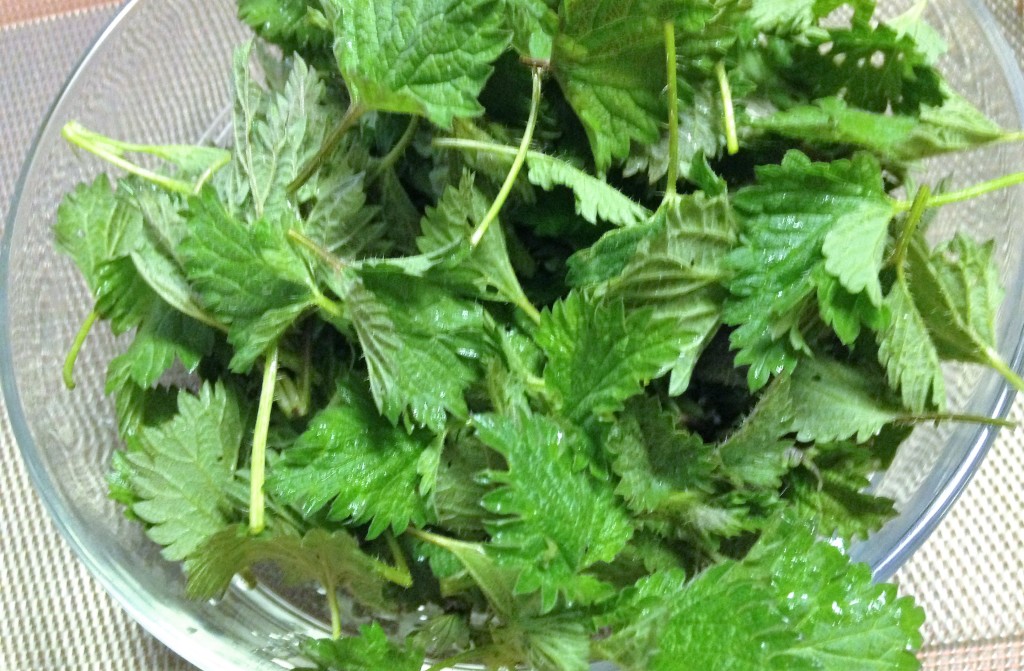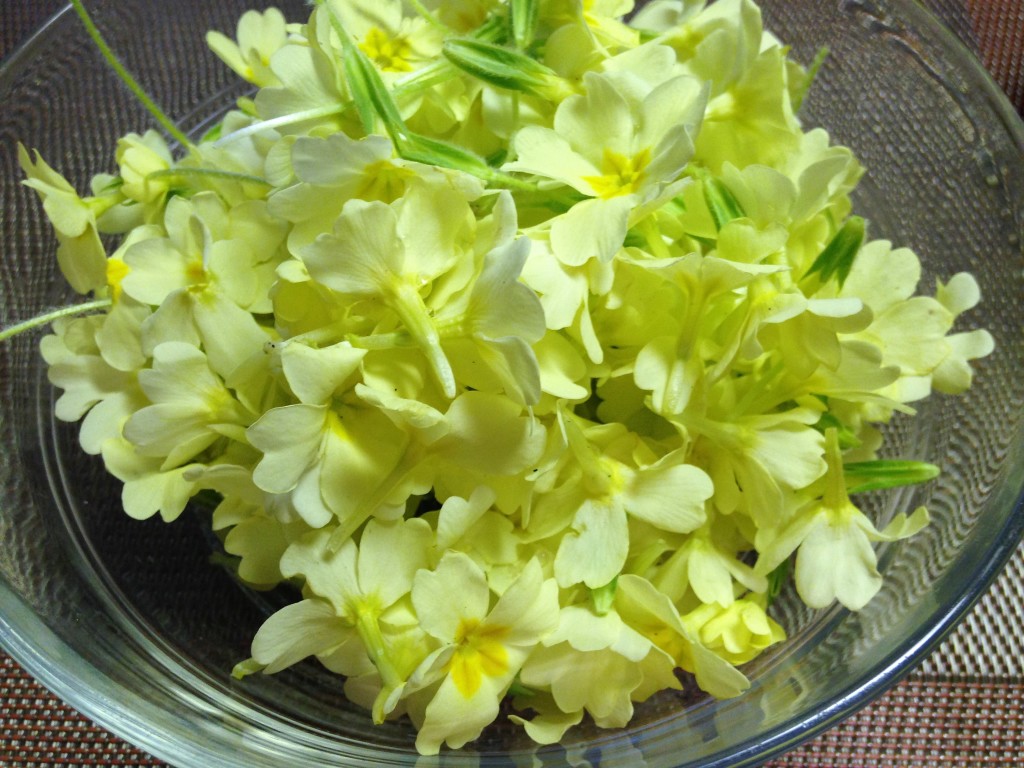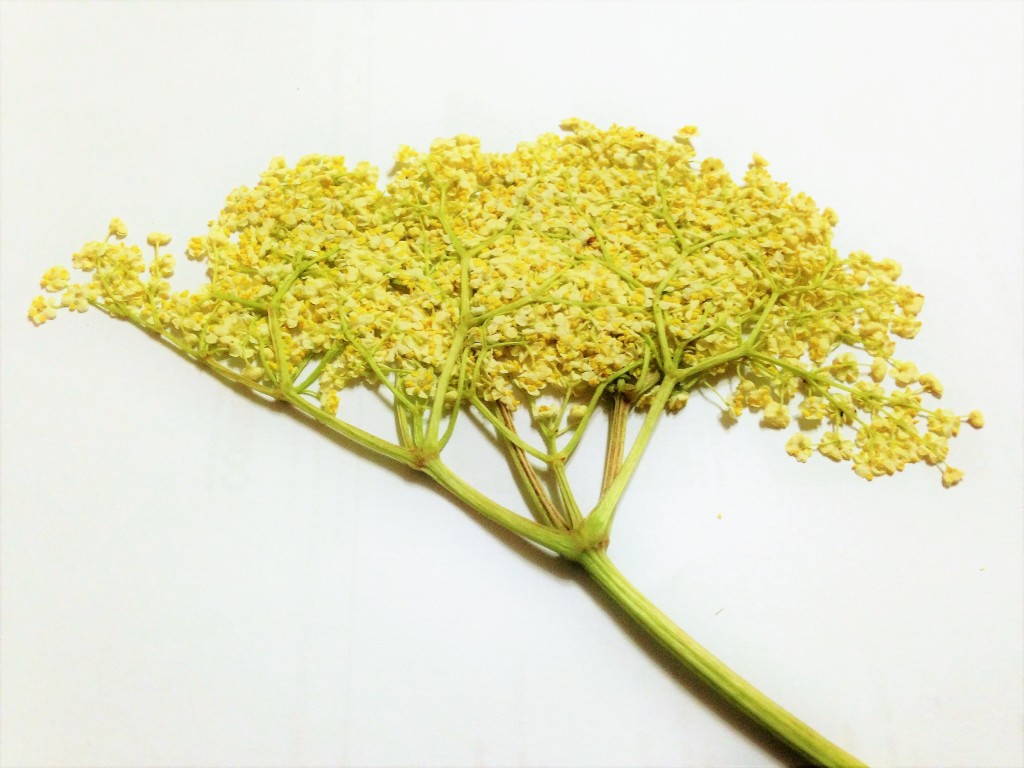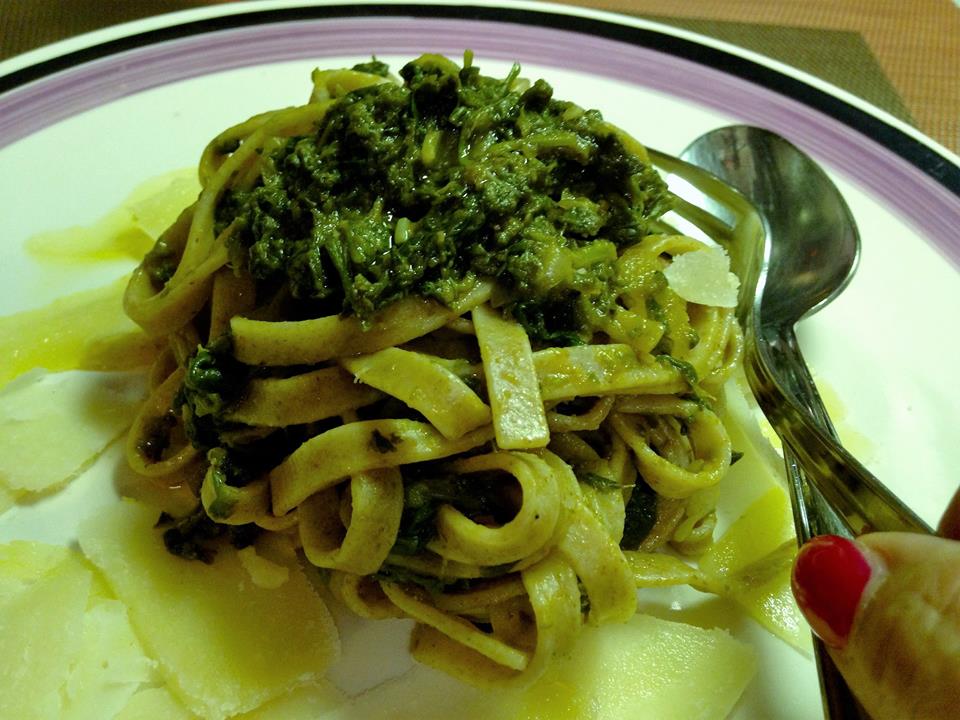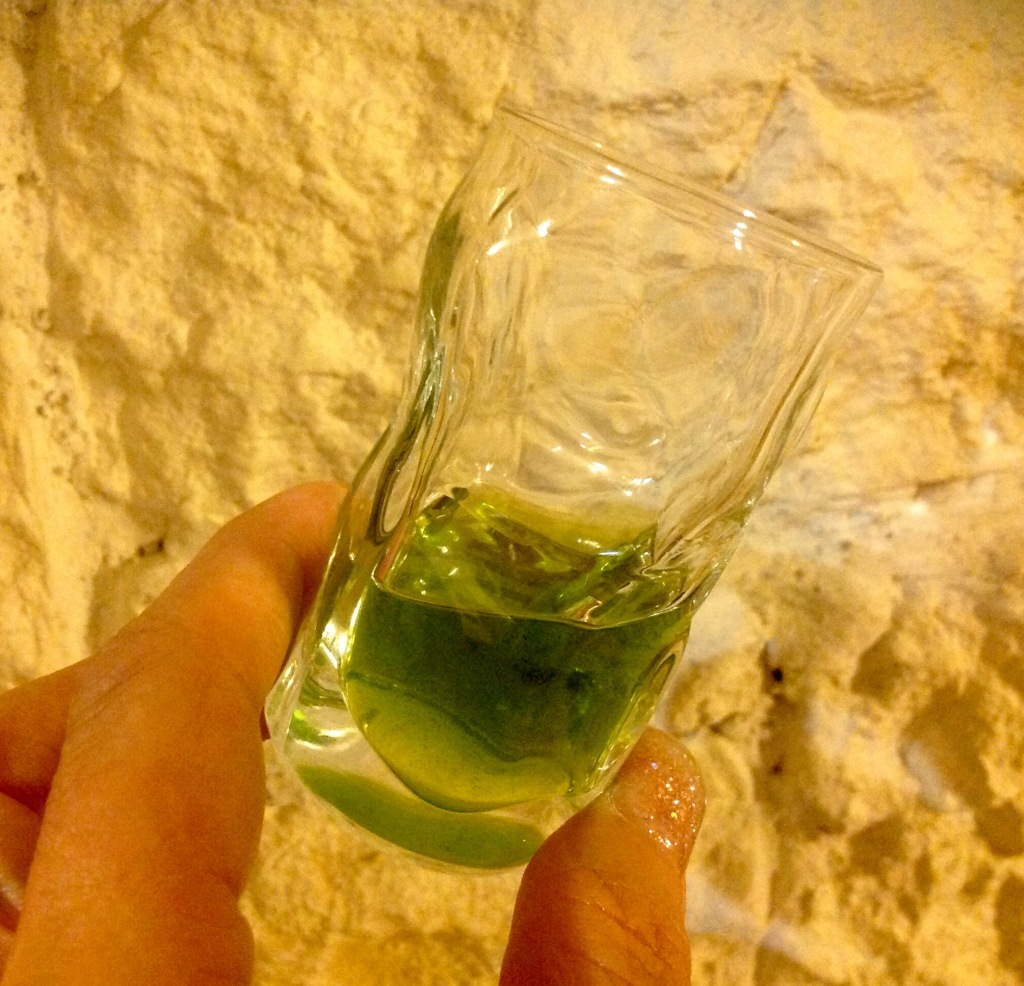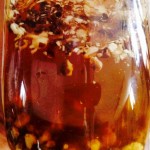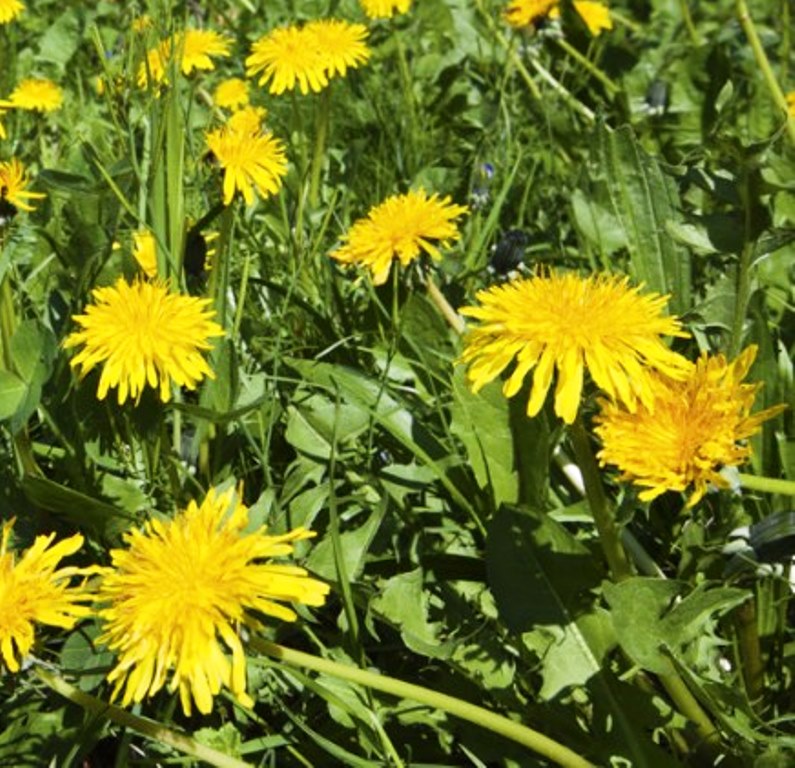The pleasure of picking flowers and wild plants: if you do you understand.
always,,it,since childhood,,it,They are attracted to flowers and native plants with healing properties,,it,A real natural pharmacy that requires respect,,it,but above all knowledge,,it,I remember when in the countryside in Treviso,,it,I had fun to follow my aunt in the collection of herbs and roots found in fields,,it,Teachings handed down from generation to generation,,it,always useful for Household preparations and remedies,,it,I must admit I was a little tasting,,it, fin da bambina, sono attratta da fiori e piante spontanee dalle proprietà curative. Una vera farmacia naturale che richiede rispetto, ma soprattutto conoscenza. Ricordo quando in campagna a Treviso, during the summer holidays, mi divertivo a seguire mia zia nella raccolta di erbe e radici trovate nei campi. Insegnamenti tramandati di generazione in generazione, utili per rimedi casalinghi e preparazioni culinarie. Devo ammettere che all’assaggio ero un po’ hesitant, ma talmente curiosa che la voglia di provare nuovi sapori, ogni volta prendeva il sopravvento. Crescendo le cose non sono cambiate, or better, forse il luogo in cui ho vissuto, purtroppo non sempre favorevole alla scoperta di erbe virtuose. Despite this, ogni qual volta che ne ho l’occasione, approfitto per unirmi al seguito di chi ha trasformato questa passione, in una vera e propria professione.
Questo per dire che non ci si inventa esperti di piante spontanee. Serve esperienza e conoscenza, per non rischiare di incappare in erbe il cui l’utilizzo maldestro, non sempre apporta benefici al nostro organismo. For example, credo che molti non sappiano che un infuso di camomilla, conosciuta per il suo effetto tranquillante, lo è solo se lasciata in infusione per non più di tre minuti. In caso contrario, l’effetto è eccitante e non rilassante. Riconoscere le piante selvatiche – presenti in ogni stagione – e saperle usare in cucina, oltre che appagante, è un modo per avvicinarsi alla natura traendo da essa i suoi benefici. Per gli autodidatti, sono molte le pubblicazioni che aiutano a conoscere le piante spontanee. Volete mettere però il piacere di vivere questo mondo vegetale meno conosciuto con una bella passeggiata nei boschi? Per esperienza sul ‘campo’, posso dirvi che non c’è paragone!
In my last journey made with botanical Mara Marsegaglia, la mia esperta di erbe selvatiche, mi sono divertita a raccogliere piante e fiori che con piacere ho utilizzato in cucina. Eccone alcune.
- The parietaria è chiamata anche erba vetriola per l’uso che un tempo se ne faceva per pulire i vetri. Ha note proprietà diuretiche e depurative. In cucina si consuma cotta.
- Che bel colore che ha la violetta! Fiorisce all’inizio della primavera e viene utilizzata principalmente per decorare i piatti.
- I germogli primaverili del luppolo, grazie al sapore delicato, sono un ottimo ingrediente nei risotti e nelle frittate. Nel Veneto sono noti con il nome di bruscandoli.
- The pisello selvatico fiorisce da marzo a maggio. In cucina vengono usati i semi contenuti nei baccelli.
- The farinaccio, ricco di sali minerali e di vitamine A, B e C, prende il nome dal leggero strato di polvere bianca – simile a farina – present on the leaves. Good simply boiled and seasoned with oil and salt.
- The’ortica, la regina delle erbe spontanee! Ricca di ferro, ha proprietà diuretiche e disintossicanti. In cucina è utilizzata in molte preparazioni tra cui risotti, minestre e frittate.
- The primula, il fiore della primavera! Gradevole il suo infuso dalle proprietà rilassanti. I fiori vengono utilizzati anche nei risotti, nelle minestre e per decorare i piatti.
- I fiori di sambuco, raccolti in primavera, hanno proprietà diuretiche, digestive e antinfluenzali. In cucina sono molti gli impieghi. Personalmente l’utilizzo che preferisco è quello per la preparazione dei fiori fritti in pastella. Deliziosi!
Concludo con un piatto preparato con una delle piante che ho raccolto. Un semplice sugo casalingo fatto con scalogno ammorbidito nel burro e farinaccio precedentemente scottato. Very good!
Per info/corsi in Brianza – Mara Marsegaglia, expert on plants and wild herbs: marsemara@hotmail.com
